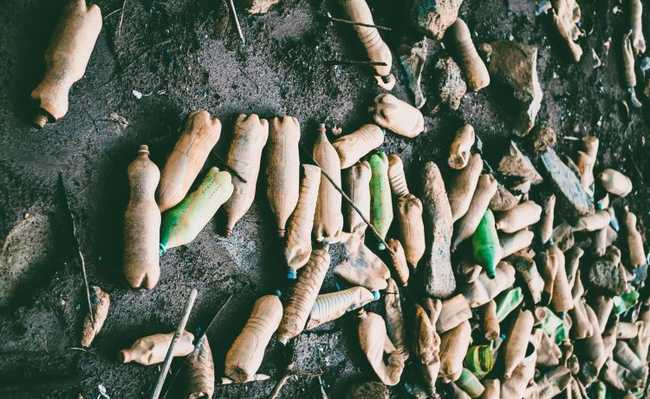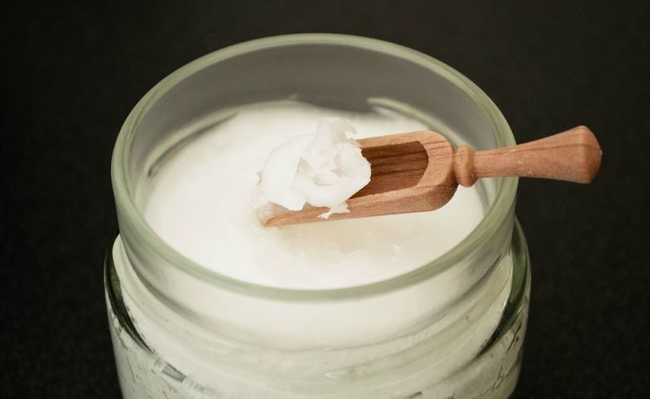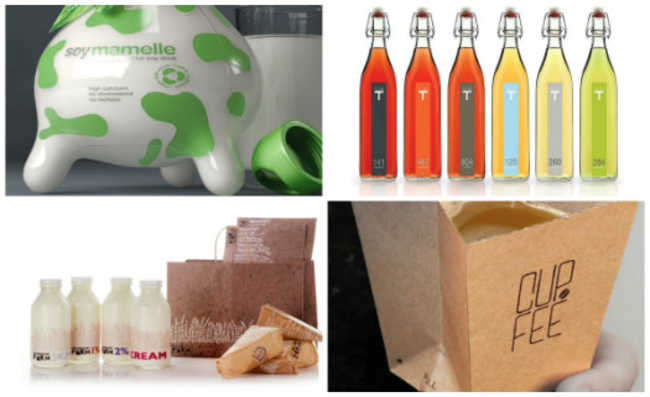Is a disposable diaper recyclable?
Disposable diapers are recyclable, but there is still no reuse system in Brazil

Until the early 80s of the last century, the vast majority of parents preferred to use cloth diapers on their babies. But, as happened with the market bags (which were previously made of paper), the practicality of the disposable models made these "innovations" take over the market. According to a manufacturer, the sale of disposable diapers corresponds to more than 90% of the total and a baby consumes about three thousand diapers throughout the entire process in which the accessory is needed.
Disposable diapers are generally made of polyethylene film (helps prevent liquid leakage out of the diaper), cellulose pulp (absorbs water), sodium polyacrylate (helps retain water), rubber bands, and thermoplastic adhesives (See more here and here). In addition, there is the use of chemical substances that confer a pleasant odor to the product, such as phthalate, which can cause allergies in babies. And the worst: diapers take about 600 years to decompose in the environment. As there is a large amount of plastic items from petroleum, this is an environmental problem, even more so as there is an estimate that 2% of all dumps are made up of disposable diapers.
avoid waste
Manufacturers are starting to use biodegradable products. There are diapers made from materials of plant and renewable origin, which are bioplastic, with total decomposition in up to five years. There are also absorbents that promise to degrade in 45 days, turning into fertilizer for the soil. However, it is necessary to be careful to be sure if these products are really biodegradable or if, in fact, they are oxi-degradable items. This last type, according to some experts, is not one of the most suitable alternatives, as the residues are broken into smaller pieces, due to the presence of additives, but the plastic molecules are still present in the environment.
Recycling
The biggest advantage of recycling as a process is the minimization of the amount of waste that needs final treatment, that is, that needs to go to a landfill or be incinerated. The Canadian company Knowaste developed an interesting solution and inaugurated, in the United Kingdom, a recycling plant for infant and elderly diapers and soiled sanitary napkins.
It works like this: organic material is separated, dried and transformed into gas for energy generation; diapers and absorbents are sterilized and undergo a chemical treatment that removes the absorbent gel from liquid residues. After that, the plastic is compressed and crushed into small pieces, which can give rise to products such as plastic wood, tiles and other absorbent materials.
According to the company's calculations, this process can avoid the emission of around 22 thousand tons of carbon per year.
Unfortunately, there is still no company with a similar model in Brazil, which means that the recycling of disposable diapers is, for the time being, non-existent in the country. However, there are other possibilities.
Alternatives
Returning to old cloth diapers is the first option. Modern ones don't need pins, are easy to use and the baby's skin is not in contact with chemicals that can be harmful to health. Not to mention that they represent a great savings for the family. A reusable diaper kit requires a bigger investment, but it can last a long time. A survey carried out by Quercus (National Association for the Conservation of Nature) in 2010 stated that there was no increase in energy with regard to washing cloth diapers. The research also came to the conclusion that the use of the reusable model reduces the amount of waste a baby has by eight kilograms per week - which is equivalent to one ton per child over all the time it is necessary to use diapers .
When cloth diapers pass their shelf-life (about 800 washes), they only take about a year to decompose in nature. They also do not use as many chemicals that are difficult to degrade, having less impact on the environment.
But for them to work accurately, you also need to purchase a reusable absorbent foam.
There are also biodegradable disposable diapers on the market. They reduce damage compared to normal models by having external packaging made of cardboard, external film produced from vegetable plastic, in addition to certified cellulose and having the bleaching process done without the use of chlorine. However, PLA (which only degrades completely in a favorable environment - see more here) is only an integral part of the outer skin. Manufacturers do not mention the composition of the absorbent part of the diaper, which is more complicated to discard.










